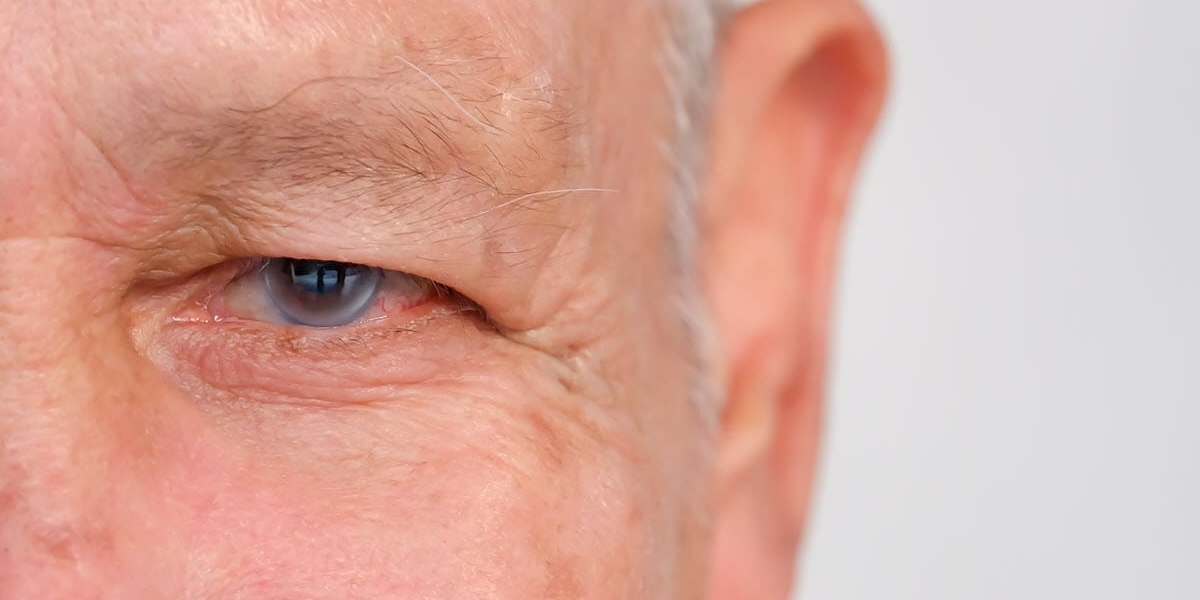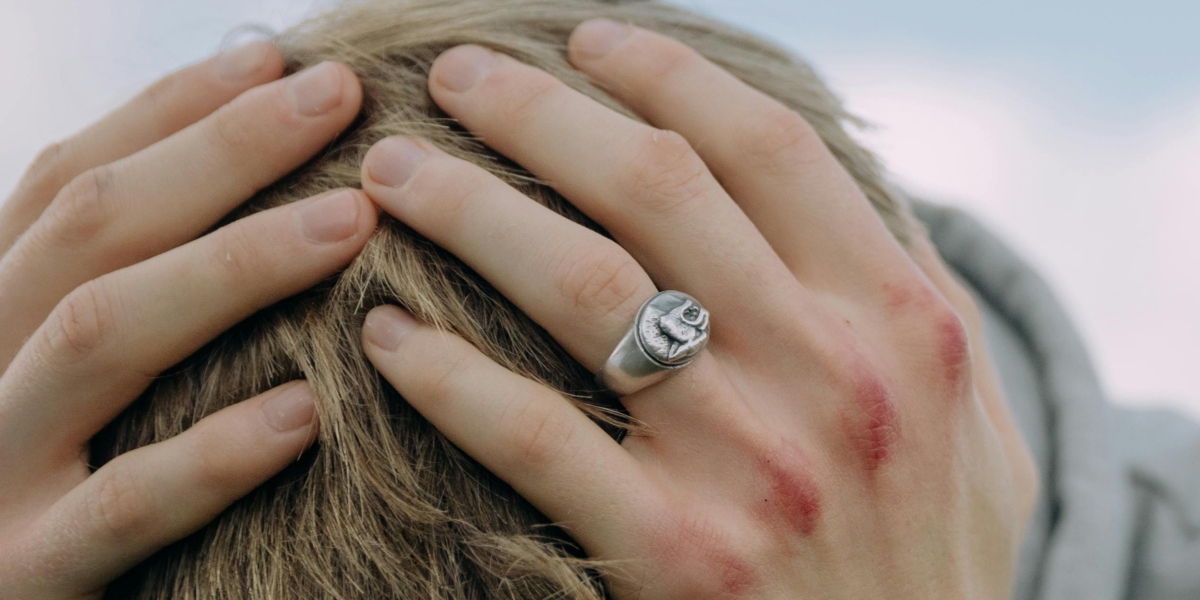Glaucoma, also known as the "silent thief of sight," can severely impair older persons' vision. In this blog, we will look at what glaucoma is, its risk factors, its symptoms, and the significance of early detection and treatment.
Glaucoma is a group of eye conditions that damage the optic nerve, which connects the eye to the brain. Elevated intraocular pressure (IOP) is a common cause of this damage. If left untreated, glaucoma can result in permanent vision loss and blindness.
Types of Glaucoma:
Glaucoma is classified into numerous kinds, the most prevalent of which is primary open-angle glaucoma (POAG). In POAG, the drainage angle produced by the cornea and iris stays open, but the trabecular meshwork, which drains the aqueous humor from the eye, loses efficiency over time.
Another type is angle-closure glaucoma, in which the drainage angle is stopped, resulting in a fast increase in intraocular pressure. This kind frequently appears with acute symptoms that necessitate prompt medical intervention.
Risk factors for glaucoma:
While everyone can get glaucoma, certain variables increase the risk, particularly in elderly people. The risk factors include:
Age:
The risk of glaucoma rises with age, especially beyond 60.
Individuals with a family history of glaucoma are at an increased risk.
People of African, Hispanic, and Asian heritage are more likely to get specific kinds of glaucoma.
Elevated Intraocular Pressure (IOP) is a major risk factor for developing glaucoma.
Other Health Conditions Diabetes and heart problems may raise the risk.Symptoms Of Glaucoma
Glaucoma frequently advances without causing visible symptoms in its early stage. However, as the condition progresses, patients may experience:
Gradual loss of peripheral vision.
Vision blurred
Halos around lights.
Severe eye discomfort and headaches (acute angle-closure glaucoma)
The need for regular eye exams:
Regular eye exams are critical for recognizing glaucoma early and preventing permanent damage. During these examinations, eye care specialists measure intraocular pressure, inspect the optic nerve, and evaluate visual fields. Early detection enables immediate management and eyesight preservation via drugs, laser therapy, or surgery.
Preventive Measures:
While some risk factors cannot be controlled, living a healthy lifestyle can improve general eye health. This includes:
Regular exercise might help to maintain healthy blood flow to the eyes.
Balanced Diet: Nutrient-dense meals, particularly those strong in antioxidants, benefit eye health.
Routine eye examinations can aid in the early detection and management of glaucoma.
consuming bimatoprost eye drops medication is generally used to treat glaucoma, a condition in which excessive pressure in the eye(s) damages the optic but does not result in vision loss. This eyedrop is also an effective treatment for ocular hypertension. A situation in which high pressure inside the eye does not harm the optic nerve or cause vision loss.
As our population ages, glaucoma becomes a growing public health risk. Awareness, regular eye exams, and proactive risk factor management are critical in preventing glaucoma progression and maintaining older persons' eyesight. Individuals who grasp the risks and take proactive steps can traverse the obstacles of aging with a clear vision for the future.









